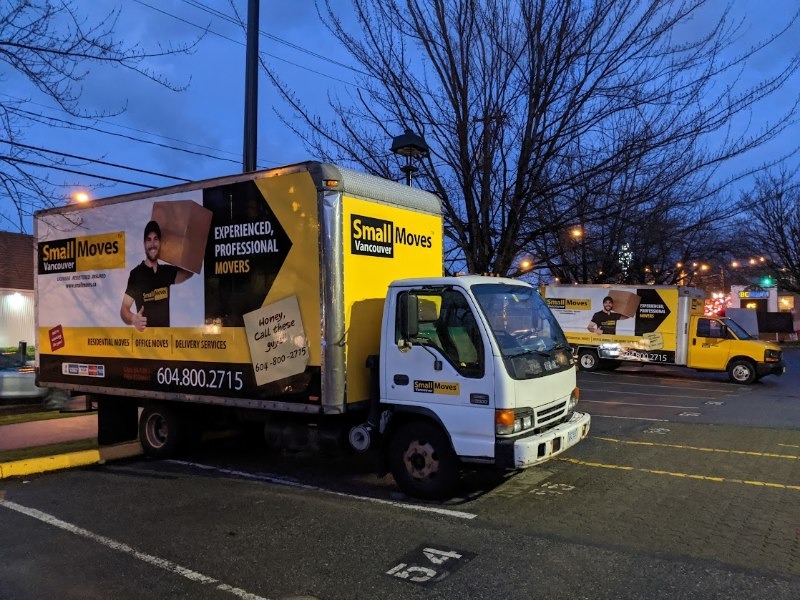Introduction
- Introduce how the moving industry, once reliant on traditional methods, has embraced technology to solve common challenges and meet customer expectations.
- Briefly mention the growth of digital solutions, automation, and data analytics in streamlining moving processes.
1. Virtual Surveys and AI-Powered Moving Estimates
- Discuss how AI and machine learning tools are being used to provide accurate moving estimates based on virtual walkthroughs, photos, and item descriptions.
- Explain how virtual surveys allow customers to get quotes without in-person visits, making the process faster, more efficient, and safe.
2. Smart Inventory Management and Tracking
- Moving companies are using inventory management software with RFID and GPS technology to track items in real-time.
- Describe how customers can follow the progress of their move, knowing where their items are at any given moment, which adds transparency and reduces the risk of lost or misplaced items.
3. Automated Packing Solutions
- Highlight robotic and automated packing systems designed to streamline the packing process, especially for large moves and corporate relocations.
- These machines can help pack fragile or irregularly shaped items more safely and efficiently, reducing the time and labor required.
4. Eco-Friendly Packing Materials and Innovations
- Technology has led to the development of sustainable packing materials, like biodegradable bubble wrap and reusable crates.
- Discuss how companies are using eco-friendly alternatives to traditional packing materials to reduce environmental impact and appeal to eco-conscious customers.
5. Digital Platforms for Enhanced Customer Experience
- Companies now use platforms that offer clients one-stop solutions to schedule, pay, and manage their move.
- Explain how these apps and platforms give customers access to real-time updates, billing, inventory checklists, and contact with the moving team, enhancing overall satisfaction.
6. GPS and Route Optimization
- GPS tracking systems and AI-powered route optimization software help movers find the most efficient and safest routes, especially for long-distance moves.
- Describe how these systems save time, reduce fuel costs, and ensure timely deliveries.
7. Augmented Reality (AR) Tools for Moving Preparation
- AR apps let customers see how their furniture will fit into their new space before the move, making it easier to decide what to take and where to place items.
- Mention how these tools aid in decluttering, organizing, and planning for seamless moves, especially for people downsizing or with limited space.
8. Autonomous and Electric Moving Vehicles
- With advances in autonomous vehicles, some companies are exploring self-driving trucks for future moves. Electric moving vehicles also reduce emissions and are an eco-friendly alternative.
- Discuss the potential benefits, like cost reduction and eco-friendly practices, even if this tech is still in early stages for moving companies.
Conclusion
- Summarize how technology is reshaping the moving industry by making the process more convenient, safe, and eco-friendly.
- Mention the potential for further advancements, like AI-driven customer service and entirely autonomous moves, to continue revolutionizing the industry.
- Encourage readers to consider technology-focused moving companies for their next move, as these innovations provide added value and efficiency

